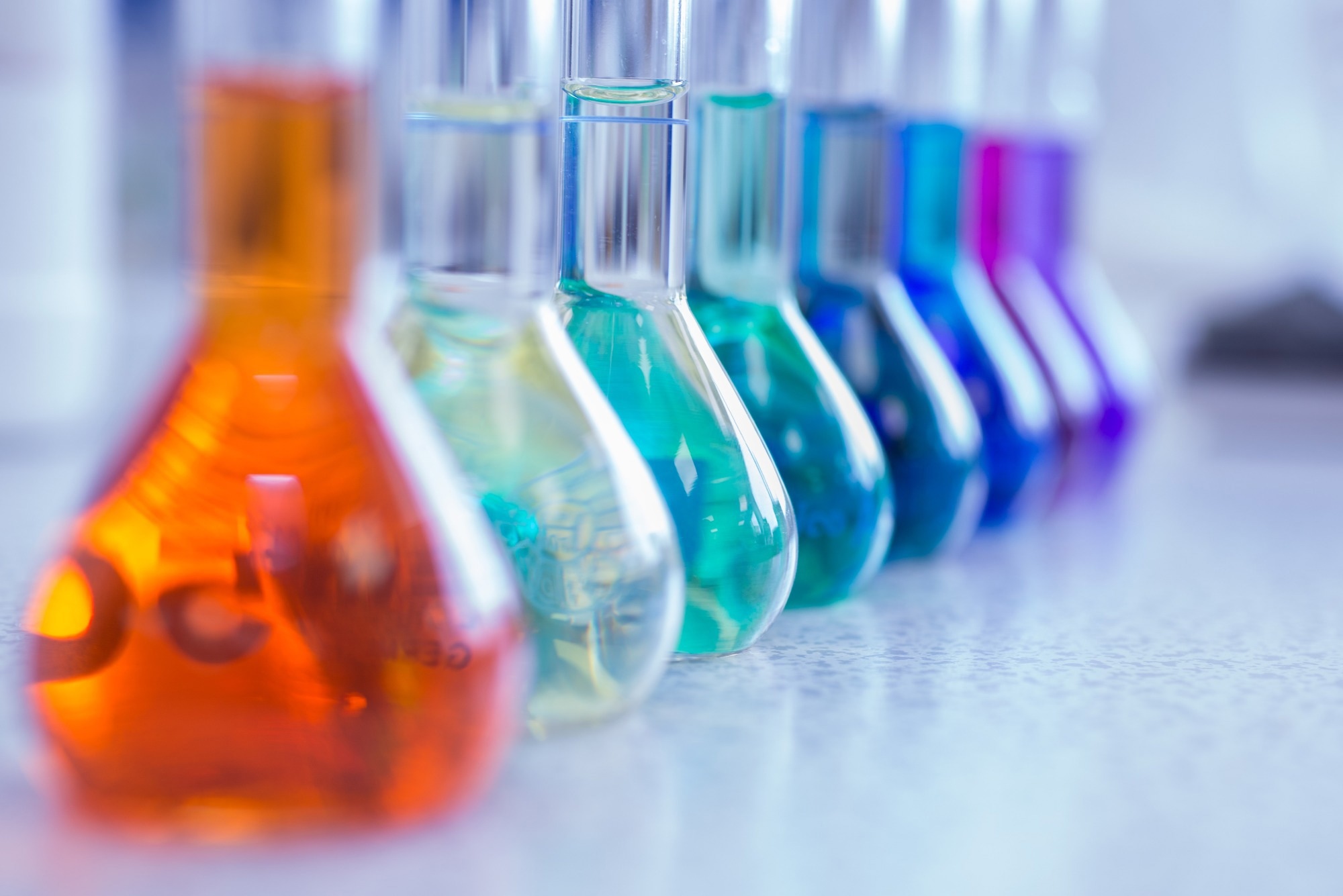In today's fast-paced world, car owners are constantly seeking efficient and safe ways to maintain the appearance and longevity of their vehicles. One crucial aspect of car maintenance is regular washing. However, with various car wash options available, it can be challenging to determine the safest type of car wash. In this article, we will delve into the different car wash methods, evaluating their safety levels, and providing you with valuable insights to make an informed decision.
- Touchless Car Wash:
The touchless car wash method has gained popularity due to its gentle approach. This type of car wash utilizes high-pressure water jets and specialized detergents to remove dirt and grime without physically touching the vehicle's surface. The absence of brushes or other physical contact minimizes the risk of scratches or paint damage, making it a safe option for car owners concerned about their vehicle's exterior. - Hand Wash:
While touchless car washes are generally safe, some car owners prefer the personal touch and attention to detail provided by a hand wash. When performed by trained professionals using proper techniques and high-quality materials, hand washing can be a safe and effective method. However, it is crucial to ensure that the wash mitts, brushes, and towels used are clean and free from debris that could potentially cause scratches. - Automated Car Wash:
Automated car washes are a convenient option for many car owners. These car washes typically employ a combination of brushes, cloth strips, and water jets to clean the vehicle. While automated car washes can be safe, there is a higher risk of potential damage if the brushes or cloth strips are not properly maintained or if the vehicle has certain delicate features, such as spoilers or antennas. It is advisable to choose automated car washes that use soft, non-abrasive materials and have a good reputation for safety. - Self-Service Car Wash:
Self-service car washes provide car owners with the opportunity to wash their vehicles using the equipment and supplies provided. While this option allows for greater control over the cleaning process, it also carries a higher risk of user error. Improper use of high-pressure hoses or harsh cleaning chemicals can potentially damage the vehicle's paint or exterior components. Therefore, it is essential to follow the instructions provided and use caution when utilizing self-service car wash facilities.
Conclusion:
When it comes to choosing the safest type of car wash, it is crucial to consider factors such as the absence of physical contact, the quality of materials used, and the reputation of the car wash facility. While touchless car washes and hand washes are generally considered safer options, it is essential to ensure that the chosen method aligns with your vehicle's specific needs and requirements. By making an informed decision, you can maintain your vehicle's appearance while minimizing the risk of damage.

